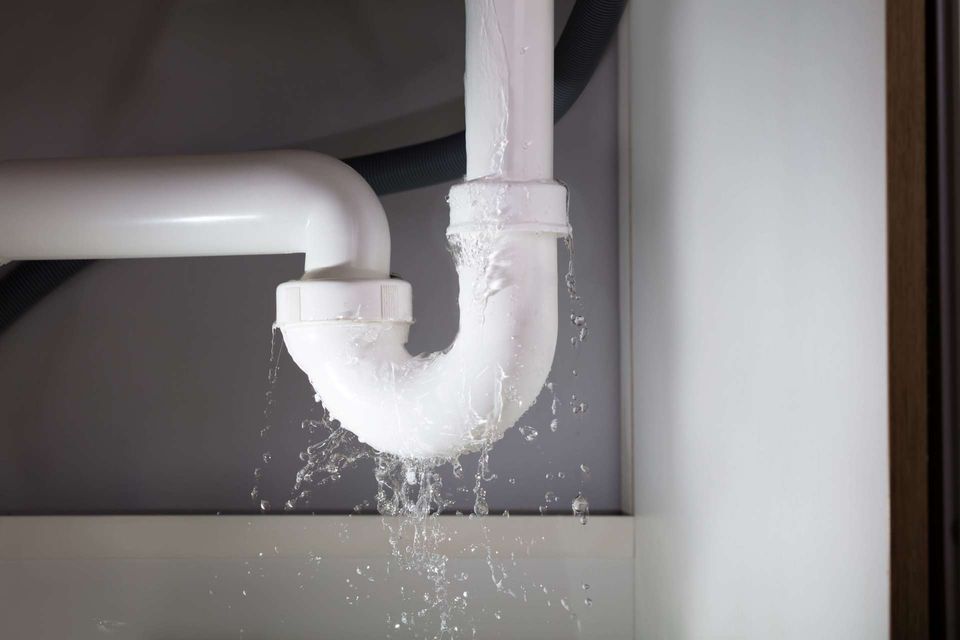We have come across this great article relating to Leaking water lines listed below on the web and decided it made sense to relate it with you over here.

Early discovery of dripping water lines can reduce a prospective catastrophe. Some little water leakages might not be noticeable.
1. Examine the Water Meter
Every house has a water meter. Checking it is a proven manner in which helps you uncover leakages. For starters, turn off all the water sources. Make sure nobody will flush, use the tap, shower, run the washing machine or dish washer. From there, go to the meter and also watch if it will certainly change. Considering that nobody is using it, there should be no movements. If it relocates, that suggests a fast-moving leak. Also, if you find no changes, wait an hour or two as well as inspect back again. This suggests you might have a sluggish leakage that might also be underground.
2. Examine Water Consumption
If you identify unexpected adjustments, regardless of your usage being the same, it means that you have leaks in your plumbing system. An unexpected spike in your costs suggests a fast-moving leak.
Meanwhile, a stable rise monthly, despite the very same practices, reveals you have a slow leakage that's also slowly intensifying. Call a plumber to extensively examine your building, specifically if you really feel a warm location on your floor with piping underneath.
3. Do a Food Coloring Examination
30% comes from toilets when it comes to water intake. Test to see if they are running effectively. Decline specks of food shade in the container and wait 10 minutes. There's a leakage in between the storage tank and bowl if the shade in some way infiltrates your dish throughout that time without flushing.
4. Asses Outside Lines
Do not neglect to examine your outdoor water lines as well. Test spigots by connecting a garden tube. Needs to water leak out of the link, you have a loose rubber gasket. Replace this as well as ensure all links are limited. If you've obtained a sprinkler system, it will certainly aid get it skillfully checked out and maintained annually. One small leak can waste lots of water and also increase your water bill.
5. Evaluate and Assess the Scenario
Property owners should make it a practice to inspect under the sink counters as well as even inside closets for any bad odor or mold growth. These 2 red flags indicate a leakage so punctual focus is required. Doing routine assessments, also bi-annually, can save you from a major trouble.
Inspect for stainings and also compromising as a lot of pipes and also home appliances have a life expectations. If you suspect leaking water lines in your plumbing system, don't wait for it to intensify.
Early detection of leaking water lines can mitigate a possible disaster. Some small water leaks may not be noticeable. Checking it is a proven way that helps you discover leaks. One small leak can squander lots of water and spike your water bill.
If you presume dripping water lines in your plumbing system, do not wait for it to rise.
WARNING SIGNS OF WATER LEAKAGE BEHIND THE WALL
PERSISTENT MUSTY ODORS
As water slowly drips from a leaky pipe inside the wall, flooring and sheetrock stay damp and develop an odor similar to wet cardboard. It generates a musty smell that can help you find hidden leaks.
MOLD IN UNUSUAL AREAS
Mold usually grows in wet areas like kitchens, baths and laundry rooms. If you spot the stuff on walls or baseboards in other rooms of the house, it’s a good indicator of undetected water leaks.
STAINS THAT GROW
When mold thrives around a leaky pipe, it sometimes takes hold on the inside surface of the affected wall. A growing stain on otherwise clean sheetrock is often your sign of a hidden plumbing problem.
PEELING OR BUBBLING WALLPAPER / PAINT
This clue is easy to miss in rooms that don’t get much use. When you see wallpaper separating along seams or paint bubbling or flaking off the wall, blame sheetrock that stays wet because of an undetected leak.
BUCKLED CEILINGS AND STAINED FLOORS
If ceilings or floors in bathrooms, kitchens or laundry areas develop structural problems, don’t rule out constant damp inside the walls. Wet sheetrock can affect adjacent framing, flooring and ceilings.
https://www.servicemasterbyzaba.com/blog/how-to-detect-water-leakage-in-walls/

Hopefully you enjoyed reading our excerpt on Hacks to detect leaks. Many thanks for finding the time to browse our article. Sharing is nice. You just don't know, you will be helping someone out. Thank you for your time spent reading it.